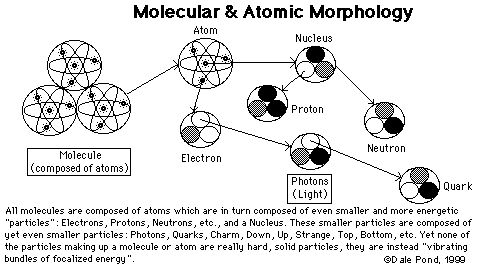In chemistry, a trimer is a product derived from three identical precursors. Trimers are typically cyclic. Chemical compounds that often trimerise are aliphatic isocyanates and cyanic acids. Often, trimerization competes with polymerization.
In the Reppe synthesis, the trimerization of acetylene gives benzene:
Another example is the procedure of production of polymers. At first, a monomer is made. By combining two monomers, a dimer is produced. With further additions, a trimer and eventually a polymer is made.
Physics proves Surprising Rule of Three
"Efimov had shown that when three particles come together, a special confluence of their forces creates the Borromean rings effect: Though one is not enough, the effects of two particles can conspire to bind a third. The nesting-doll feature — called discrete scale invariance — arose from a symmetry in the equation describing the forces between three particles. If the particles satisfied the equation when spaced a certain distance apart, then the same particles spaced 22.7 times farther apart were also a solution. This number, called a “scaling factor,” emerged from the mathematics as inexplicably as pi, the ratio between a circle’s circumference and diameter."

Figure 7.7 - Keely's Morphology, Infinite Subdivision of Matter
(click to enlarge)
See Also
See Also
